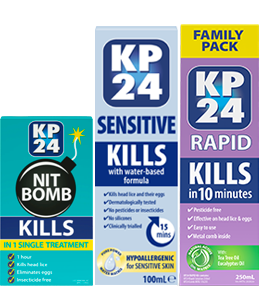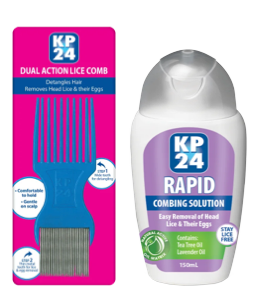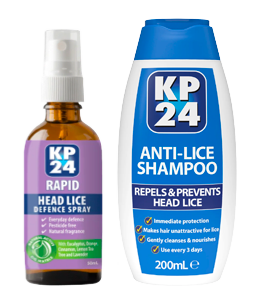

What are
Head Lice?
Head lice are wingless insects, between 1 and 3 mm in size, which live on human beings and feed on blood. They spread easily from person to person by body contact and shared clothing and other personal items.
Every four hours or so, a louse bites into a tiny blood vessel for a meal. Because the saliva of the head louse contains an anaesthetic, you won't feel the initial bite. However, as its saliva gets under your skin, bites begin to itch. This may lead to intense scratching that often breaks the skin and can lead to infections.
What are
Head Lice?
Head lice are wingless insects, between 1 and 3 mm in size, which live on human beings and feed on blood. They spread easily from person to person by body contact and shared clothing and other personal items.
Every four hours or so, a louse bites into a tiny blood vessel for a meal. Because the saliva of the head louse contains an anaesthetic, you won't feel the initial bite. However, as its saliva gets under your skin, bites begin to itch. This may lead to intense scratching that often breaks the skin and can lead to infections.











